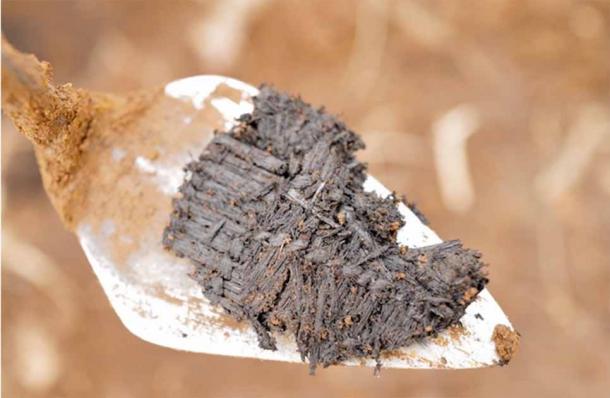A significant discovery was made by archaeologists from the Alutiiq Museum and Archaeological Repository: fragments of woven grass artifacts, believed to be 3,000 years old. These pieces were unearthed in August, 2023, at an ancestral sod dwelling site near Karluk Lake on Kodiak Island. The discovery showcases the oldest known evidence of Kodiak Alutiiq/Sugpiaq weaving.
Patrick Saltonstall, the Alutiiq Museum’s Curator of Archaeology, shed light on the find:
“Our team was studying an ancestral sod house next to Karluk Lake to explore the living habits of the Alutiiq people in Kodiak’s interior. We found that a fire had caused the house to collapse. Interestingly, the wooden-lined walls of the house fell inward, quickly sealing and partially shielding the floor. This preserved charred weaving fragments, which suggest that grass mats once adorned the dwelling’s floor. The remnants were mainly concentrated at the house’s rear, likely a sleeping area.”
Life and Crafts of the Kodiak Alutiiq People
The Kodiak Alutiiq, also known as Sugpiaq, are an indigenous people native to the Kodiak Archipelago, a group of islands off the southern coast of Alaska. For thousands of years, the Kodiak Alutiiq have thrived in this region, developing a rich maritime culture deeply connected to the sea and its abundant resources. Their subsistence lifestyle revolved around hunting, fishing, and gathering, with an emphasis on whaling and the harvesting of marine mammals like sea otters and seals.
 RSS Feed
RSS Feed















 September 5th, 2023
September 5th, 2023  Awake Goy
Awake Goy 
 Posted in
Posted in  Tags:
Tags: 













